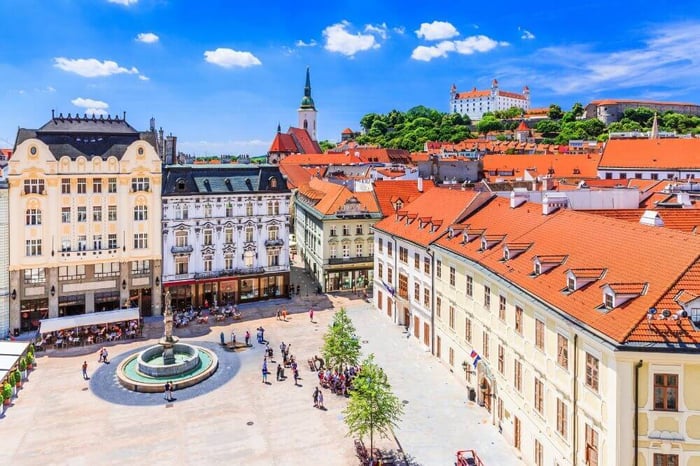
A Guide to Medical Universities in Croatia
Croatia is a country in Central Europe. It has a rich history, having changed hands several times in the last thousand years. Today, it is widely considered to be one of the best countries in the world to visit, with tourism making up 20% of the country's income. Much of this tourism is focused on the coastal area, where the warm Adriatic sea has attracted people for centuries. Its capital city, Zagreb, hosts one of the two medical schools in the country that offers an English language programme to prospective applicants – The University of Zagreb. Split, the largest coastal city in the country, hosts the other.

Courses
Both the University of Split and the University of Zagreb offer 6-year programmes that are open to both graduate and undergraduate applicants. They take a traditional approach to medical education, with three years of preclinical training, followed by three years of clinical training. Lectures are provided in the Croatian language to ensure all students are able to communicate effectively with patients.
Tuition fees for the University of Zagreb are 12,000 Euros per year. The University is one of the largest in Croatia, with 70,000 students and a history dating back almost 400 years. The medical school in Split places a strong emphasis on understanding scientific knowledge. Students gain extensive clinical experience in the sixth year, where they complete a number of 'elective' rotations. Tuition fees are 9000 euros per year.

Academic requirements
Neither Zagreb nor Split have any minimum grade requirements for entry onto their medical courses. Zagreb states that all applicants must have studied Biology, Chemistry, and Physics to high school level, while this is more of a recommendation at Split. Split medical school places a lot of emphasis on the candidate’s personal statement when assessing the quality of an application, while Zagreb utilises an admissions exam to rank its applicants.

Admissions exams
The University of Zagreb requires all applicants to sit an internal admissions exam prior to enrollment on the course. This is then used to rank candidates for an application. Split, while not requiring any exams be sat, advises that having a good score in the SAT, MCAT, or ACT could help an applicant gain an advantage over their competitors.
Medical student's opinions
Medical students at Croatian universities told us that the best parts about studying on the course are the small class sizes, and the broad level of scientific knowledge they are able to gain on the course. Having fewer than 50 people in the cohort means the lecturers are able to build strong relationships with their students, ensuring a pleasant and productive working environment. Some students, however, felt that there was too high a level of competition between students on the course, which was in part driven by the way the assessment process is carried out. Others feel their course can feel a little disorganised. But all the students we spoke to advised that their medical school was a great place to learn, and recommended it to all prospective applicants.
We hope that this information on Croatian Medical Universities has been helpful in choosing where to study medicine abroad. If you have any questions, email us at [email protected].



